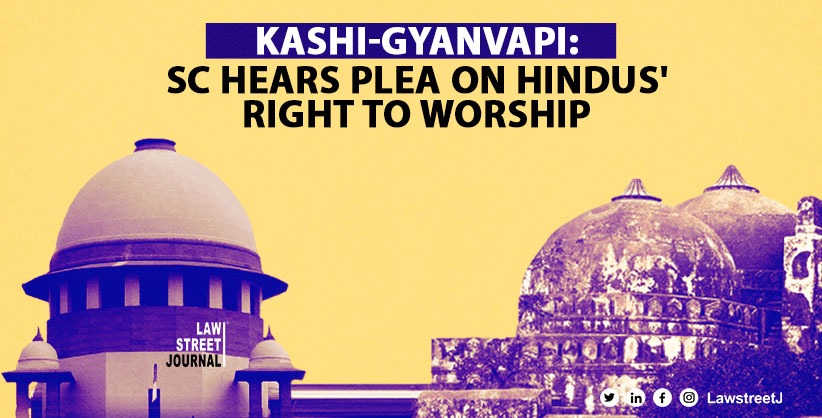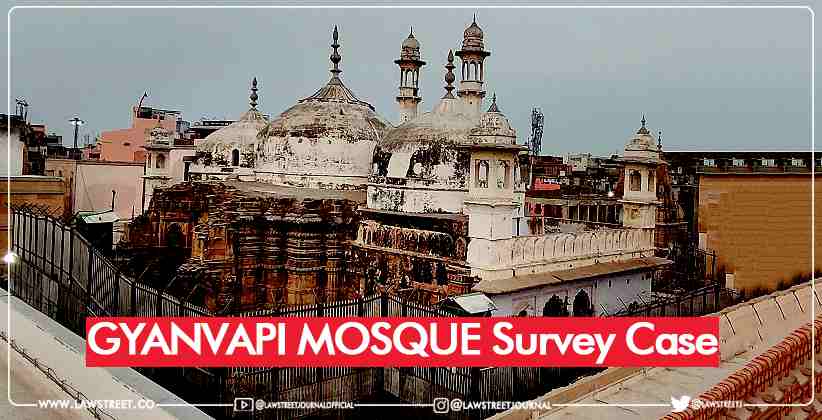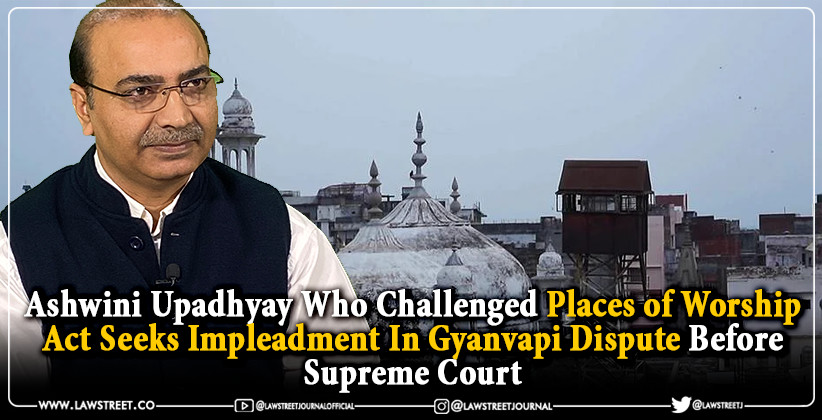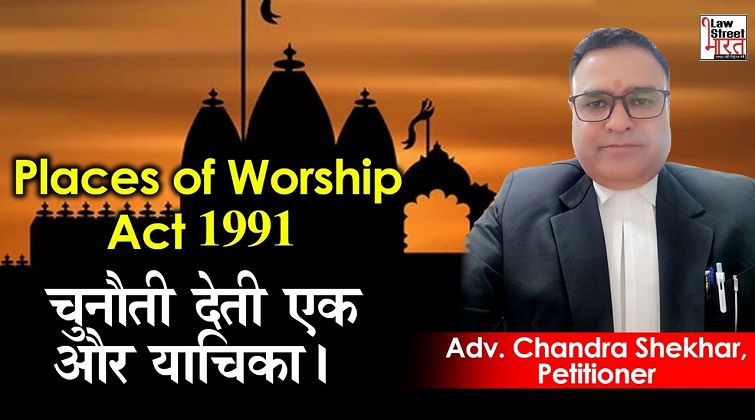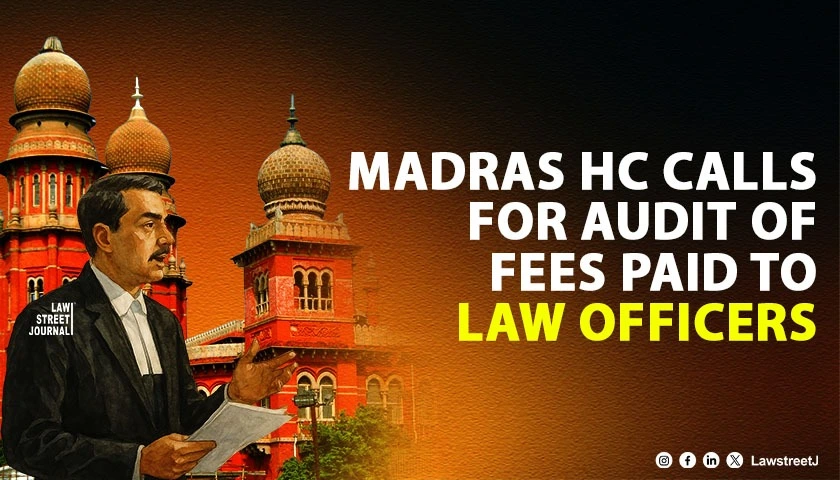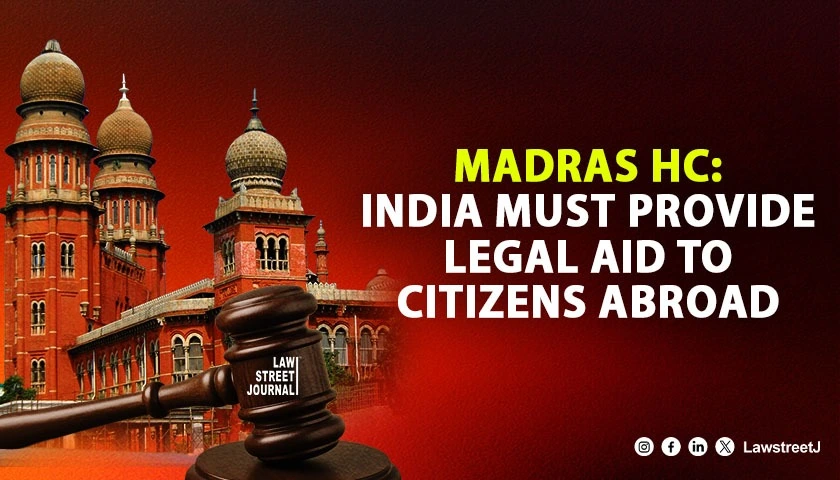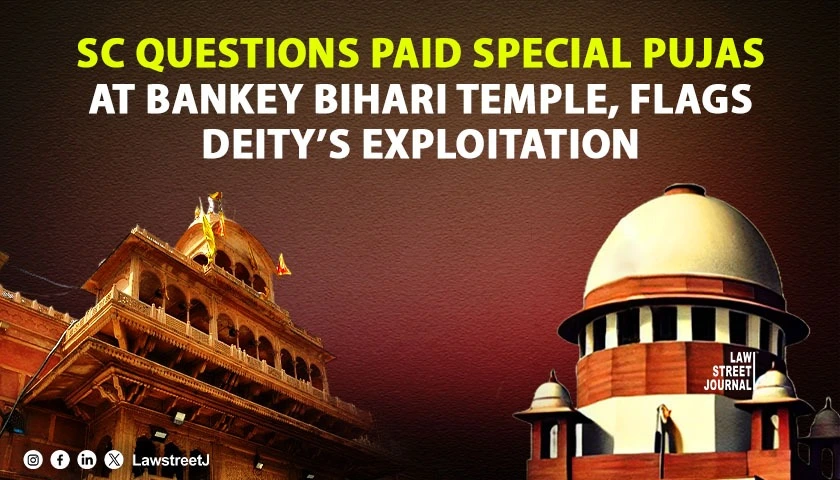NEW DELHI: The Supreme Court on Friday said the question -- whether the suit filed for a right to worship at Varanasi's Gyanvapi mosque is barred from the Place of Worship Act, 1991 or not -- would depend on character and status of the structure as on August 15, 1947, the cut off date fixed under the statute.
On Friday, the Muslims side contended that the ongoing suit was barred under the 1991 law.
To this, a bench of Chief Justice of India D Y Chandrachud and Justices J B Pardiwala and Manoj Misra said, "The Act says you can't alter or convert nature of place. They're not seeking conversion of the place. The question is what is the status of place as on August 15, 1947."
The bench referred to the plea by the plaintiff which was about their right to pray at the site.
Senior advocate Huzefa Ahmadi once again cited the 1991 law , which was enacted to freeze the status of religious places of worship as they existed on August 15, 1947.
"You are saying that the relief they claim is directly in the teeth of Places of Worship Act. Now the question whether it is barred by the Act would depend upon character of the religious place as on August 15, 1947," the bench said.
The counsel claimed it is ex facie barred because the plaint itself states it is a Masjid.
Senior advocate Madhavi Divan, appearing for a group of Hindu women, denied the contention.
The court posted the matter for consideration on Monday.
The Anjuman Intezamia Masjid Varanasi had questioned the maintainability of the suit as well as subsequent orders passed for undertaking a scientific survey by the Archaeological Survey of India at the Gyanvapi complex.
A structure claimed by the Hindu litigants to be a "Shivling" at 'Wazukhana' (ablution area) was found during the court appointed commissioner's survey in May, 2022. The Muslim side projected it as a fountain.
The Hindu side claimed Kashi Vishwanath temple at Varanasi, one of the twelve Jyotirlingas, was first destroyed by the army of Qutb-ud-din Aibak, in 1194 CE. In 1669 CE, Aurangzeb again destroyed the temple and built the Gyanvapi Mosque in its place. The remains of the erstwhile Temple can be seen in the foundation, the columns and at the rear part of the mosque, they claimed.

